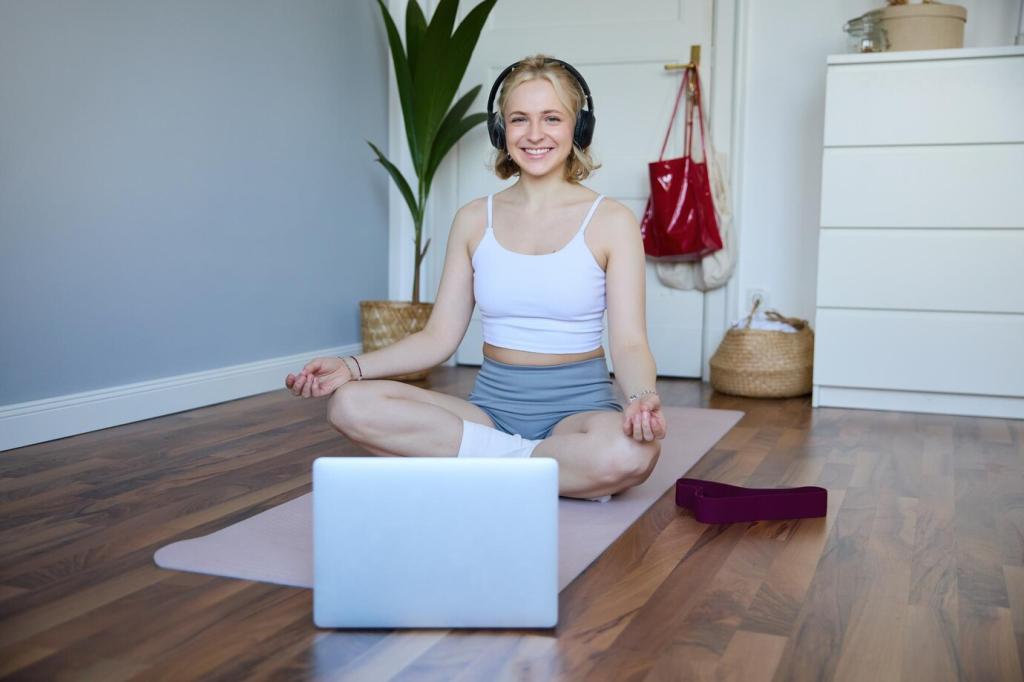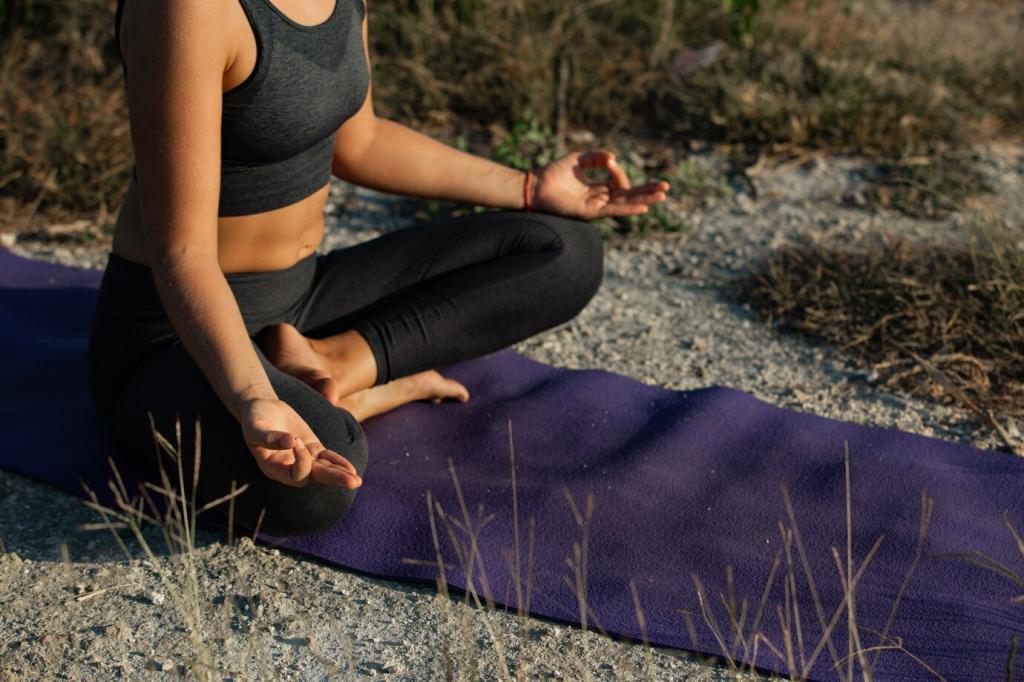Your First 10-Minute Body Scan
Lie down or sit comfortably, soften the jaw, and let your hands rest. Choose a quiet space, or use headphones. Set a 10-minute timer, silence notifications, and commit: for this brief window, nothing is urgent except paying gentle attention.
Your First 10-Minute Body Scan
Begin at the toes. Notice temperature, weight, or subtle vibration. Move to the feet, ankles, calves, knees, thighs, and hips. Continue to the belly, chest, shoulders, arms, hands, neck, and face. If the mind wanders, kindly return and continue.
Your First 10-Minute Body Scan
When the timer ends, take three deeper breaths. Ask yourself, “What did I notice?” Jot down one sentence about a sensation or emotion. If you found this helpful, leave a comment or subscribe for guided body scan audios each week.
Your First 10-Minute Body Scan
Lorem ipsum dolor sit amet, consectetur adipiscing elit. Ut elit tellus, luctus nec ullamcorper mattis, pulvinar dapibus leo.





